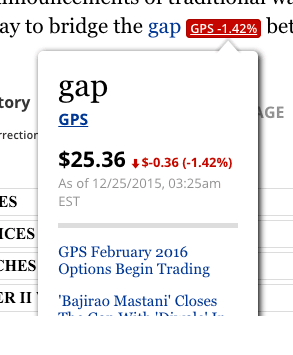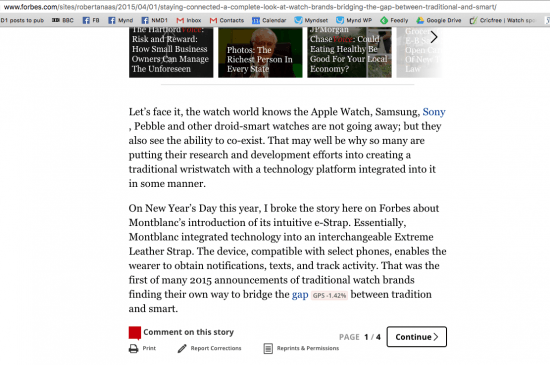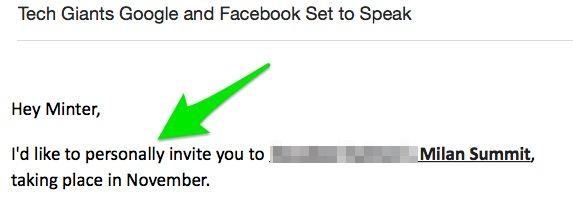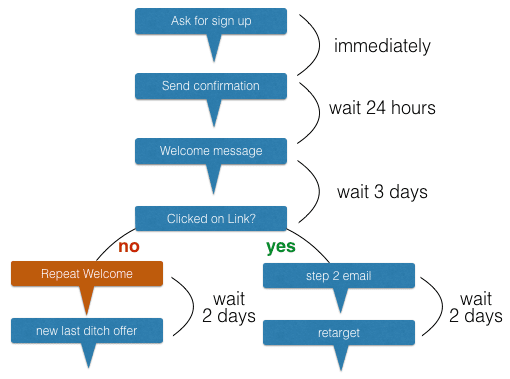
I always remember being stumped by the question: How do you know what you don’t know? When automation is used to run a brand’s marketing efforts, there is always a temptation to take your eyes of the wheel that is driving those automated activities. Many marketing automation mistakes are made because of the hidden hand of the automatic actions. Share on X The issue is finding the balance between efficiency and effectiveness. Marketing automation is a necessary evil for larger organizations. But, when one done badly, it is easy come, easy go.
Marketing automation – automating mistakes
Marketing Automation has a way of making even the best brands look foolish or clumsy. Worse yet, when executed poorly, it can make the trust barometer tank. I have recently seen four cases of how marketing automation has gone wrong. Here they are with the important lessons to be learned.
1) Automatic Posts
When the November 13 attacks occurred in Paris, it was only natural to turn to social media to find out what was happening (it started at 9:30PM Paris time). The companies (and people) that had pre-programmed their tweets and posts were caught red-handed with senseless, if not insensitive, posts. Having a tweet, such as this one below from Expedia, appear in my stream in the midst of the calamity (10:30PM) just didn’t seem to jive with my mood at the time:
To celebrate our tablet app, we’re giving away four Apple® iPad mini™ 4’s on Instagram! https://t.co/XNR9HXvTY4pic.twitter.com/yo0hlqRkjD
— Expedia (@Expedia) November 13, 2015
Lesson learned
: Obviously, it takes time to find out about certain events, but an hour into the Paris attacks, it was breaking news everywhere. When events like this occur, brands need to jump back into their marketing automation suite and pull the plug. Since catastrophes can happen at any time, there must be a plan to do so even in off hours. Admittedly, Friday night at 930PM is an awkward hour for businesses; it is all the more so if you are further east (i.e. in terms of time zone). However, contingency planning is necessary in this real-time always-on world. Share on X
2) Automatic Tagging

Among the many tasks for media companies (and brands that are thinking like them), there are certain tasks that are designed to help improve SEO and time on site. For example, publishers that are geared to the finance community like to include internal links anytime a publicly traded company is referred to in the body of the text. Take GAP. You will see such hyperlinks appear:
![]() with a rollover:
with a rollover:

All that might seem great, except, let’s zoom out and see what the wider context was. It concerns a Forbes article on smart watches, and the sentence is referring to how traditional watch brands are trying to bridge the gap between a traditional and a smart watch. In other words, there’s a rather rude gap between the sense and the hyperlink. Meaningless.

Lesson learned: Make sure that any automatic tagging is contextually relevant; otherwise, it can feel like spam.
3/ Automated Personalization
The email services you can use to manage your customer database are legion (mailchimp, aweber…) and many of them are incredibly robust. They provide many useful ways to personalize the content. But, it’s a serious challenge for brands to find a tone that inspires and engages, much less that is personal and authentic. For the most part, as consumers, we’d all rather receive personal messages that are specific to us. When using terms like, “I was thinking of you,” or “I wanted to personally invite you,” one has to believe that the content that follows is, well, personal, not just personalized. I have received many emails that look this:

This email had absolutely nothing personal about it. The invitation included a full price ticket that I could (personally) buy. I immediately unsubscribed.
Lesson learned: Don’t use a text that doesn’t mean what it says.
4) Automated Inbound Marketing
Inbound marketing tools such as InfusionSoft, Pardot (Salesforce) and Hubspot provide an extraordinary suite of services that helps to produce a “strung-out relationship” in an automated fashion. A set-up could look like this:

If the service allows for a set of programmed communications, where each step can branch out into different actions, the problem is staying real. Making those emails feel authentic is quite the challenge; and it is can easily go wrong. You just can't automate relationship building. Share on X At the end of the day, people are fed up with overloaded inboxes. Gmail and others have devised ever better ways to detect or offload spammy messages. This article by Kathleen Booth on Business2Community articulates many of the key issues with inbound marketing. As Kathleen observes, there are already many articles written about how inbound marketing sucks!
Lesson learned: Email alone cannot suffice in this multi-platform, asynchronous life we all lead. Build in other ways, such as individualized emails and/or social media, to interact with the leads.
Marketing automation mistakes
Marketing automation — and the underlying premise of inbound marketing — can be a fantastic tool, but it invariably requires (a) valuable content in the eyes of the receiver and (b) tremendous care and oversight to make sure that the dose of automation does not overpower the need for human touch. Otherwise left unchecked, marketing automation mistakes will negatively impact a brand's trustworthiness. Share on X










